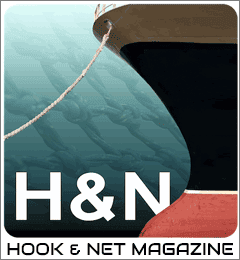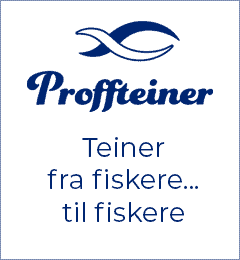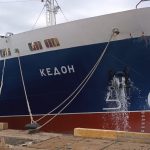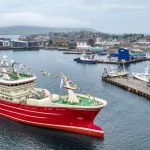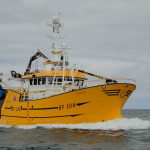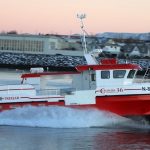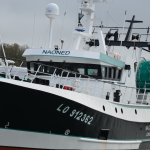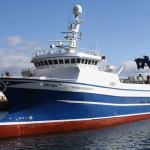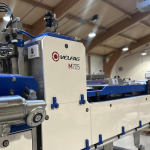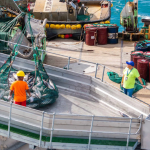Almost three decades of experience in specialised systems have gone into Zunibal’s tuna buoy operation and management system, which has become an essential item in any tuna seiner’s wheelhouse.
The management system provides accurate data and incorporates a swathe of advanced features that aid the skipper in making decisions on fishing areas. Now Zunibal has updated this management software, providing an upgraded interface with more visual and intuitive oceanographic cartography and functionalities based on artificial intelligence and machine learning.
This development is rooted in the company’s commitment to providing the tuna fleet with the latest technology, according to Zunibal’s R&D Director, Aitor Aizpurua, who commented that this extensive software upgrade is designed as a response to the growing complexity and demands of the fishing sector.
‘Today’s fisheries require tools that offer accurate information in real time,’ he said.
‘Our goal is to create solutions that facilitate the use of that information, allowing crews to make decisions based on reliable data and achieve more efficient operations.’
Understanding the situation and interpreting the context is crucial to making informed decisions that increase the efficiency of fishing operations, he emphasised.
‘This is the reason why we add oceanographic data to the position and biomass provided by our buoys. These maps are updated worldwide every day, and some of them several times a day. Variables such as salinity, altimetry, and plankton are key when choosing one or another fishing area. In our interface, users can customise these maps with the information provided by the system. In addition to the maps, it is also important to know other oceanographic data such as temperature, shear, and currents at depth.’
According to Aitor Aizpurua, the key to providing added value to oceanographic maps is the use of machine learning and artificial intelligence to recommend the best fishing areas and optimal route planning.
‘We have developed tools such as Hot Tuna Point, maps of optimal fishing areas based on oceanographic models and biomass estimates derived from buoys, capable of reducing fuel consumption by indicating the area with the highest probability of success, and even facilitating fishing on free schools by recommending the area with the most favourable habitats to find tuna.’
Among the noticeable new features of the upgrade is the new functionality of drift maps, which represent the predicted tracks of the buoys and are produced using machine learning techniques. To create these, the model is trained considering different oceanographic variables, such as wind and currents, both current and historical.
‘Drift maps reflect the actual speed and heading of the buoy, taking into account the submerged part of the object,’ Aitor Aizpurua explained
‘This tool offers more accurate estimates and helps optimise fishing operations by anticipating FAD behaviour.’
Zunibal’s oceanographic maps now have a higher resolution, which translates into greater accuracy in identifying optimal fishing areas. ‘With more detailed and accurate information, fishing mnasters can make more informed decisions, optimising routes and increasing the efficiency of fishing operations. It’s possible to view the maps received individually or as an animation, which facilitates the analysis of oceanographic conditions and improves planning,’ he said.
‘We will continue to develop solutions that contribute to more efficient and responsible fishing.’




